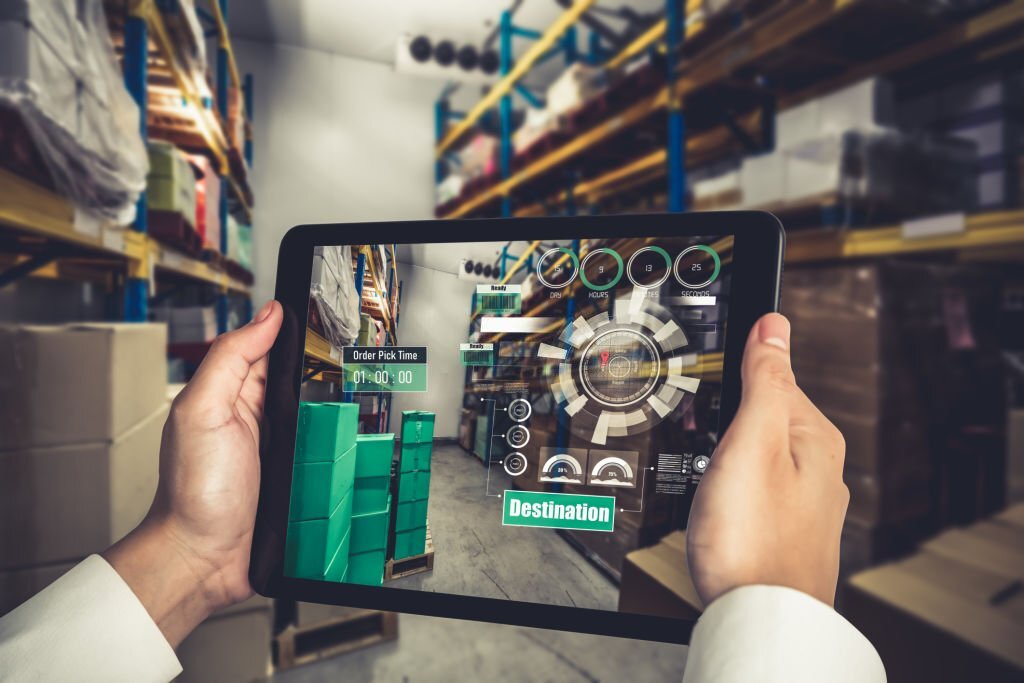Blog by Deepak P, VP of Technology at Ivy Mobility
Consumer Goods companies sell their products primarily through retail outlets, and for better sales of their products, the companies execute several sales activities at these outlets. These are typically related to the availability of the right products at the outlets, visibility of the products, pricing, and promotion execution. We can break down these brand strategy elements into multiple KPIs. For example, a consumer goods manufacturer may negotiate for a 20% share of the shelf for their brand at certain retail chains and want to ensure the execution of these trade terms at the retail outlets. One way trade terms execution is through periodic audits at retail outlets, and that process is called Retail Execution.
Technology for Retail Execution
During the pre-smartphone era, field force agents manually performed retail audits. Retail auditors (merchandisers) appointed by consumer goods manufacturers visit retail outlets periodically. They count the SKU facings, check product pricing, promotional execution, competitor promotions, and pricing activities using pen and paper. Once they cover all outlets for the day, they would return to the office and manually enter the data into a desktop or web application. This process has many challenges, is time-consuming, prone to errors, and gives no real-time reporting. The lack of granularity in data makes validation and analytics possibilities close to nil. Some KPIs are also difficult to calculate using pen and paper, which makes taking corrective actions at the outlet difficult.

With the launch of smartphones, companies started building smartphone-based applications for retail execution. So instead of capturing data on paper, auditors can punch in the numbers in a mobile application, and the application will automatically compute all the relevant KPIs. It helped the merchandisers to take real-time actions at the outlets. Smartphone-based applications also helped fast-track the reporting as the data could be synchronized periodically to the back-end database, thereby reducing reporting time. But even with a smartphone-based application, some of the challenges mentioned earlier, such as the time to manually collect the data, the possibility of manual errors, lower granularity in data collection, possibility of manipulating the data remained.

Artificial Intelligence and Machine Learning have been making progress in the last 5-6 years, and we see their usage for several practical applications. Computer vision, a branch of machine learning, was no exception. Computer vision found applications in face detection, traffic flow analysis, defect detection, and machine-assisted diagnosis are a few such examples. One such application is in the area of retail execution. Instead of collecting retail shelf data manually, we can get this done by a computer vision-based application with much more accuracy and speed. Auditors capture a set of shelf images, and the computer vision-based application processes these images and produces all the relevant KPIs within a short period. The challenges with a manual data entry application are now addressed by a computer vision-based application, as listed below.
- Since the user has to capture a set of images on the shelf instead of counting the products, checking the prices, etc., it saves much time.
- Since the data collection process involves limited manual processing, it reduces manual errors to a great extent.
- It eliminates the possibility of manipulation during data capture, and the application automatically performs KPI computation.
- Computer vision-based application also helps capture data at a much more granular level (Tracking the eye level and position of the SKUs, tracking KPIs at the SKU level vs. Sub Brand/Brand level, and tracking several of the competitor activities) with the same data capture effort.
Ivy Eye- Image Recognition for Retail Execution
We have been working in the consumer goods space for 15+ years and have seen these technological shifts impacting the industry. As far as retail execution is concerned, we have been working with several of the top 100 Consumer Goods companies across the globe for the last several years. We have been through the journey mentioned above and played an active role in these technological advancements. Initially, we had a data entry application helping merchandisers (retail auditors) capture shelf data manually. We now have automated this through an Image recognition-based application called Ivy Eye.
We have seen tremendous improvement in retail execution activities by using the Ivy Eye solution, and CPGs can achieve 5%-60% savings in the time required for executing retail audits. It helps consumer goods companies to utilize this additional time to increase their outlet coverage. It will also help the merchandiser to have productive discussions with outlet managers and effectively execute corrective actions based on the system recommendations. We have also seen, on average, 97% accuracy of data reported by Ivy Eye and a reduction in manual errors by about 15%. The application utilizes the power of computer vision to track the data at a granular level. One such example is reporting SKU presence by the shelf level and computing the Eye level share of the shelf.
Future of Retail Execution Technology
Machine Learning, especially computer vision, has been advancing rapidly. New and optimized architectures have been getting released every few months. We shifted focus toward Edge Detection (On-Device Image Processing). It involves optimizing the current computer vision models and deploying those on the device. It helps to process the images on the mobile device itself, thereby eliminating the need for connectivity to process the images. Another area of focus is video-based recognition, which helps merchandisers capture the shelf through video rather than multiple images, thereby making this process more seamless. We also see that Augmented Reality (AR) / Virtual Reality (VR), in conjunction with machine learning and computer vision, can bring about a lot of technological advancements in Retail Execution in the coming days. One example is using Synthetic Shelf image generation through a Virtual reality application.
Are you interested in exploring and being part of this exciting Retail Execution Technology journey? Please connect with us.